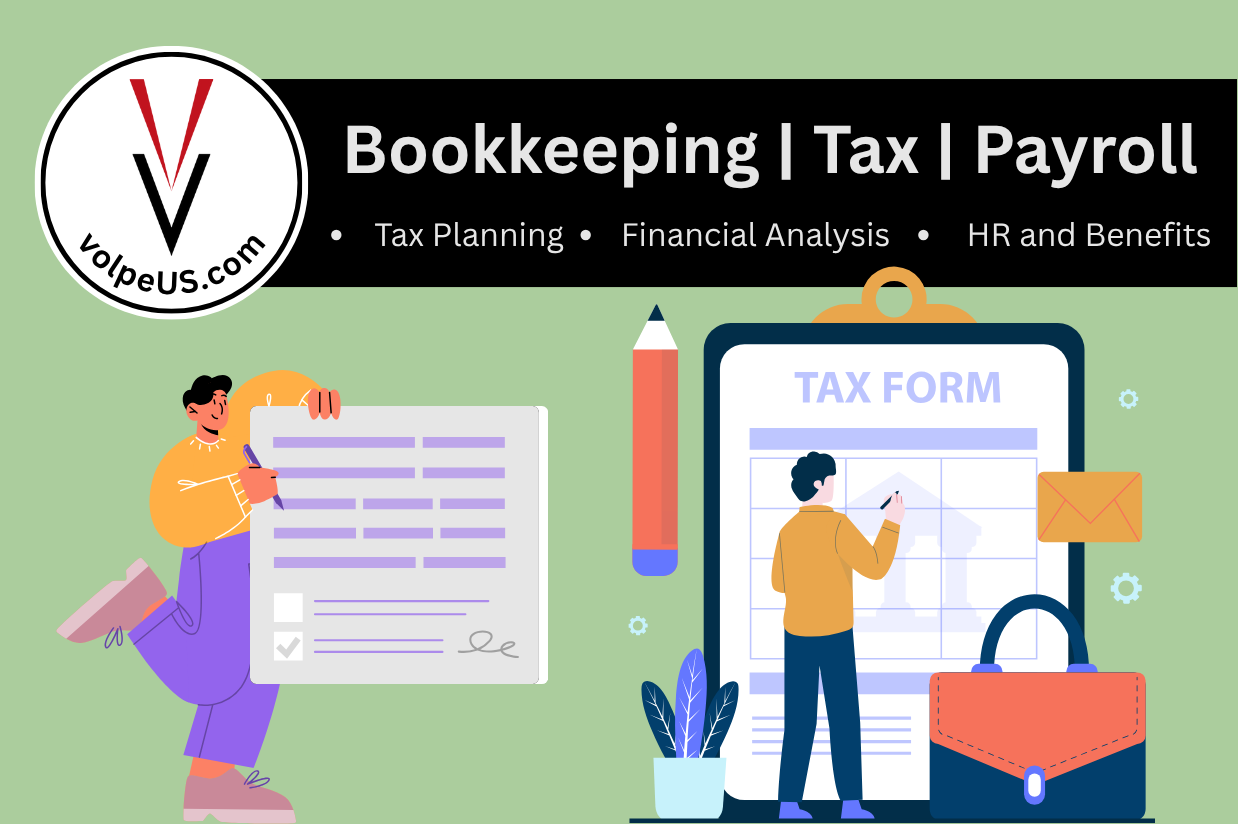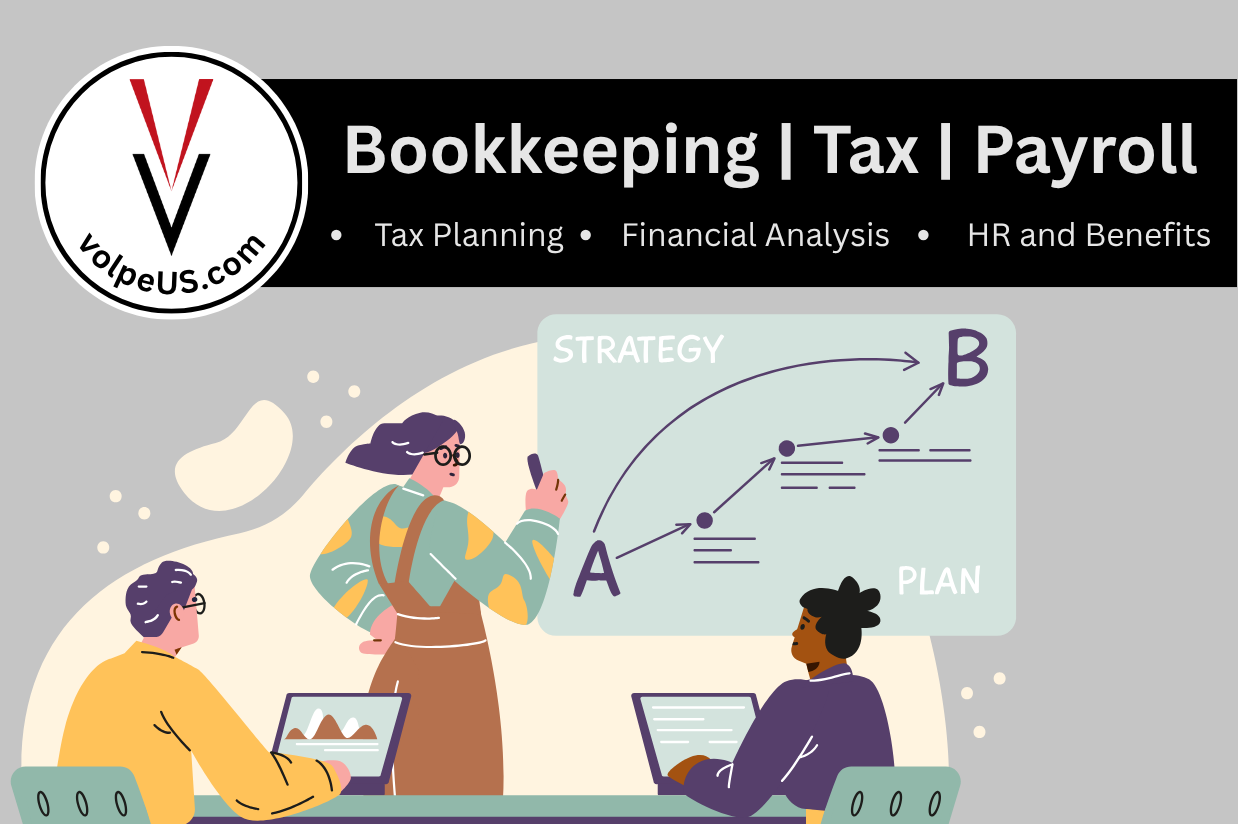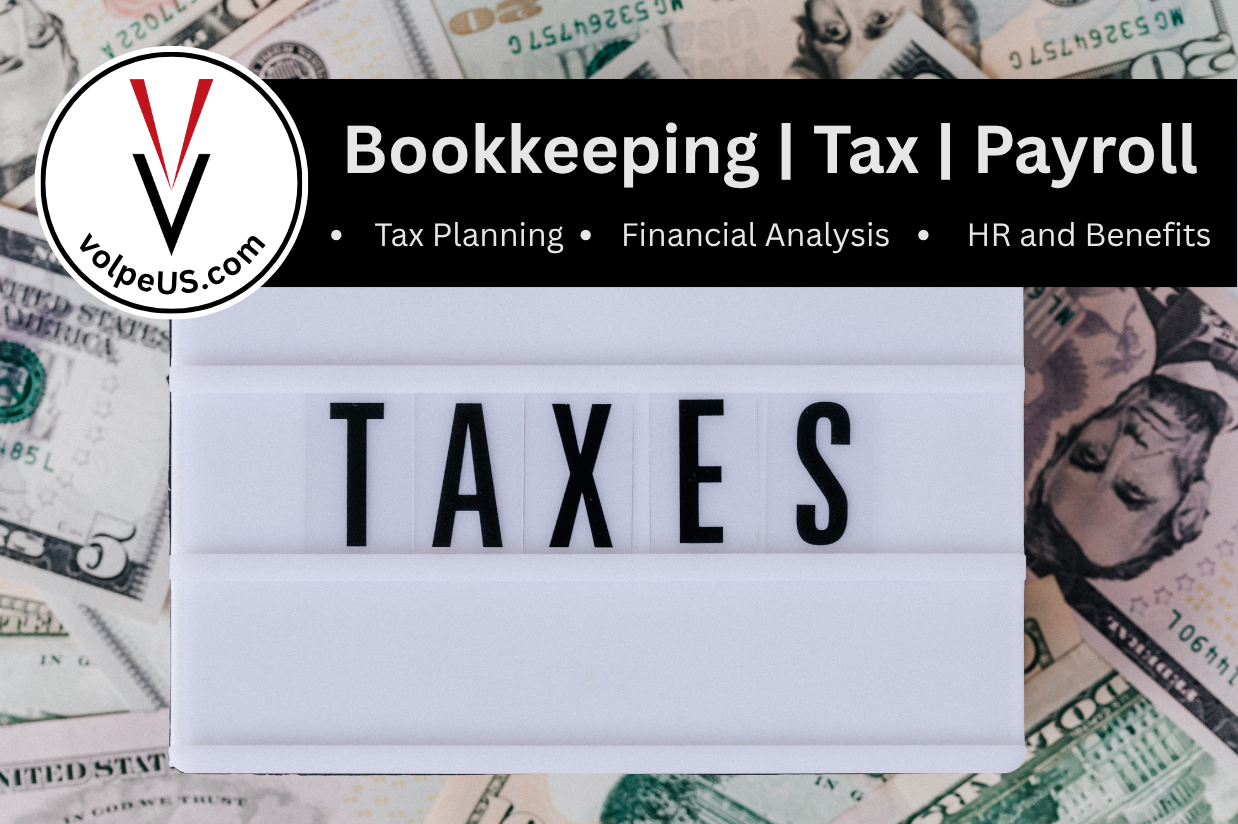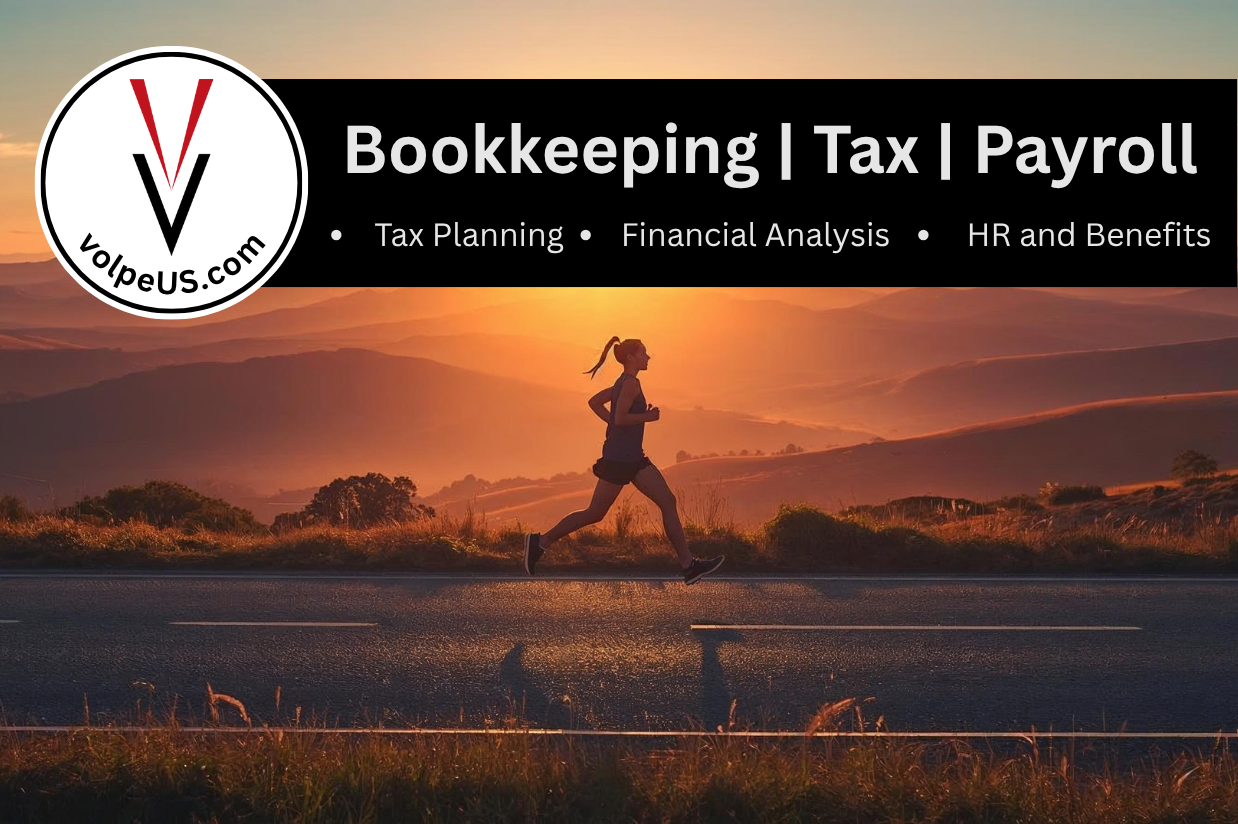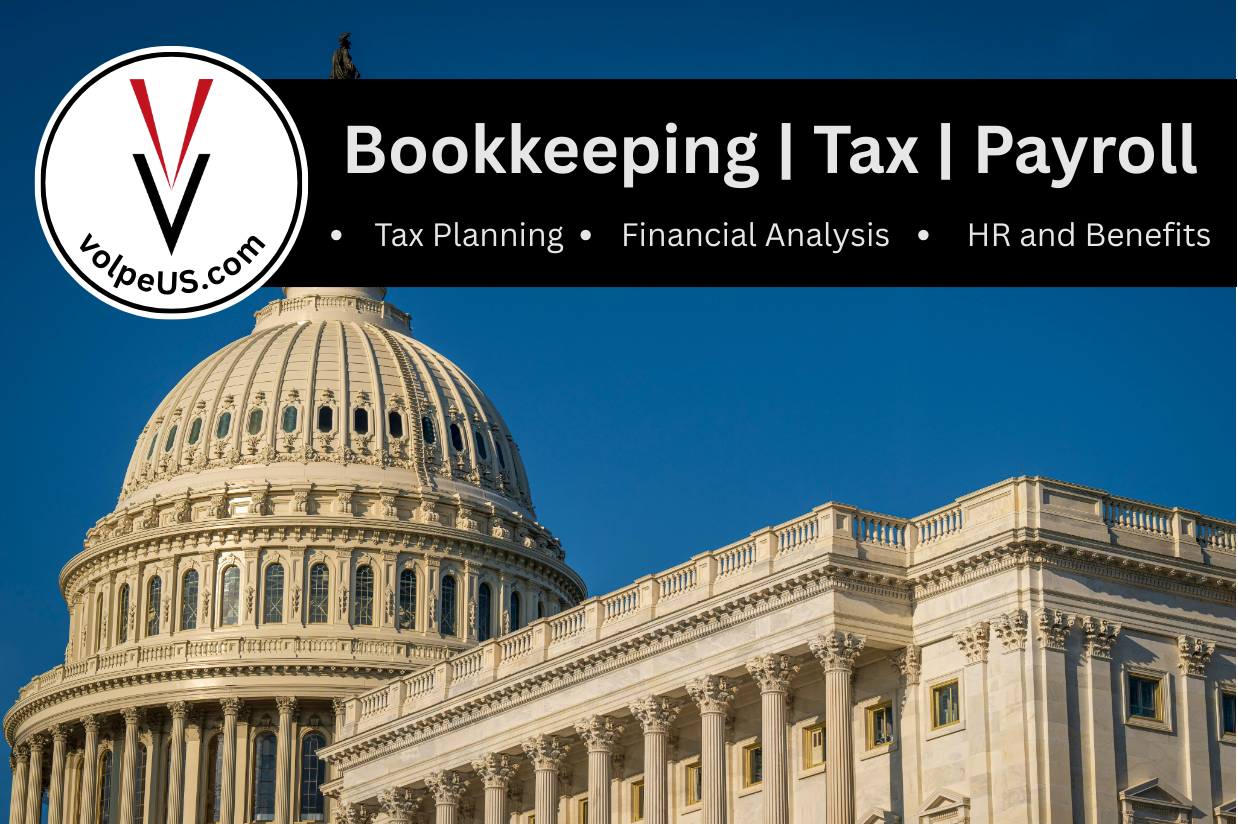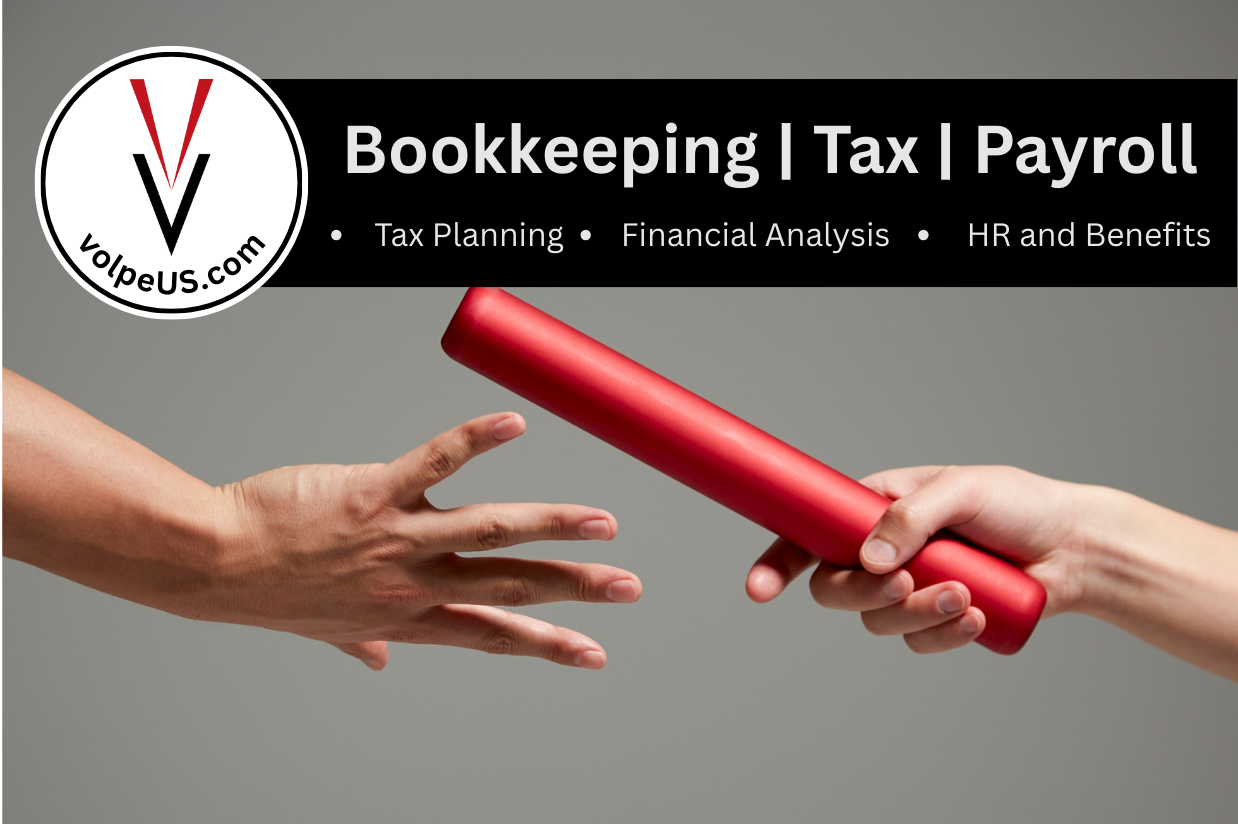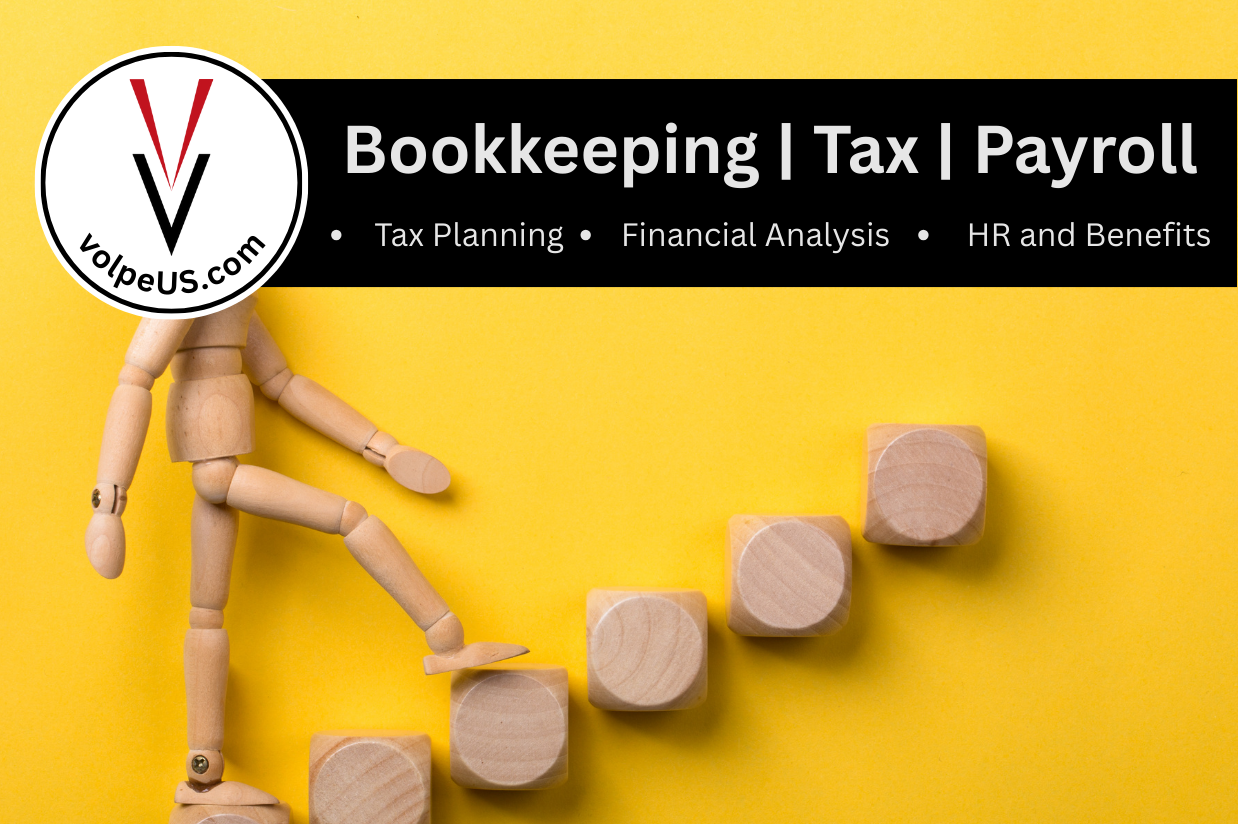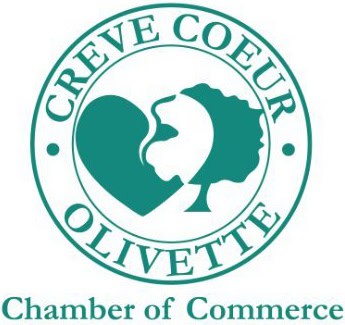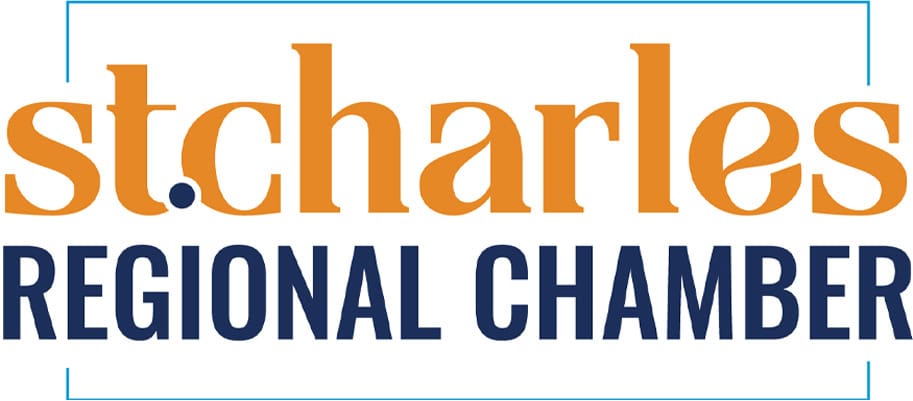Jump to a Specific Section
What is the SECURE 2.0 Act?
Retirement planning has always been a significant concern for both employers and employees. The SECURE 2.0 Act, building on the foundation of the original SECURE Act, aims to enhance the retirement savings landscape in the United States.
This article aims to provide a comprehensive overview of the SECURE 2.0 Act, highlighting its main features, benefits, and practical implications for business owners.
The program has many detailed moving parts. Below are some highlights of the most current iteration of the program. But to fully understand SECURE 2.0 and its impact, we take a deeper dive into its history and development, starting with the original SECURE Act.
Whether you’re an employer seeking to attract and retain top talent or an employee planning for a secure future, understanding SECURE 2.0 is essential.
Primary SECURE 2.0 Highlights
- Employer Cost Credits: Up to $5,000/year for three years.
- Match Contributions: $1,000/year per employee for five years, tapering off.
- RMD Age: Increased to 73 in 2023, 75 by 2033; no RMDs for Roth 401(k)s from 2024.
- Emergency Withdrawals: Up to $1,000/year; $10,000 for domestic abuse victims.
- Automatic Enrollment: Mandatory by 2025, with opt-out.
- Catch-Up Contributions: Higher limits for ages 60-63; Roth for high earners.
- Student Loan Matching: Employers can match student loan payments.
- SIMPLE IRA to 401(k): Mid-year conversions allowed.
- 529 Rollovers: Tax-free to Roth IRAs, $35,000 lifetime cap.
- Emergency Savings Accounts: Up to $2,500 within retirement plans.
Pre-SECURE Act of 2019
Before the original SECURE Act was enacted in 2019, the retirement plan landscape had several limitations and challenges. These challenges particularly concerned employer involvement and the accessibility of retirement savings plans for employees.
Here’s an overview of the key aspects of the retirement plan environment prior to the SECURE Act:
Traditional 401(k) Plans
- Voluntary Enrollment: Employees had to opt into 401(k) plans, leading to lower participation rates, especially among younger and lower-income workers.
- Administrative Costs: Setting up and maintaining a 401(k) plan could be costly for small businesses, discouraging them from offering such plans.
- Employer Match: While employer match contributions were common, there was no specific incentive or mandate for employers to provide matching contributions.
Individual Retirement Accounts (IRAs)
- Traditional IRAs: These allowed individuals to save for retirement with pre-tax dollars, but contributions were subject to annual limits (e.g., $6,000 for those under 50 and $7,000 for those 50 and older).
- Roth IRAs: Contributions to Roth IRAs were made with after-tax dollars, and withdrawals were tax-free in retirement. However, there were income limits that restricted higher earners from contributing.
- No Automatic Enrollment: IRAs required individuals to set them up independently, which meant that many workers did not take advantage of these savings vehicles.
Required Minimum Distributions (RMDs)
- RMD Age: Before the SECURE Act, the age at which individuals had to start taking RMDs from their retirement accounts was 70½. This forced individuals to start drawing down their savings even if they didn’t need the funds yet.
Retirement Plan Accessibility
- Part-Time Workers: Part-time workers often had limited access to employer-sponsored retirement plans. Many plans required employees to work a minimum number of hours per week to qualify.
- Small Businesses: Smaller employers were less likely to offer retirement plans due to the complexity and cost of plan administration.
Related: A Guide to Retirement Savings for Employees and Employers
Changes Introduced by the 2019 SECURE Act
The SECURE Act introduced several significant changes aimed at addressing these challenges and improving retirement savings options.

Automatic Enrollment and Escalation:
- Encouraged automatic enrollment of employees in retirement plans, leading to higher participation rates.
- Allowed for automatic escalation of employee contributions over time.
Increased RMD Age:
- Raised the RMD age from 70½ to 72, allowing individuals more time to grow their retirement savings before mandatory withdrawals.
Tax Credits for Small Businesses:
- Provided tax credits to small businesses for setting up new retirement plans and for including automatic enrollment features. This makes it more affordable for small employers to offer retirement plans.
Part-Time Worker Eligibility:
- Expanded access to retirement plans for long-term, part-time workers by requiring employers to allow employees who worked at least 500 hours per year for three consecutive years to participate in their retirement plans.
Multiple Employer Plans (MEPs):
- Made it easier for small businesses to join together to offer MEPs, reducing the administrative burden and costs associated with maintaining individual plans.
Lifetime Income Disclosure:
- Required retirement plan statements to include a lifetime income disclosure, helping participants understand how their current savings translate into potential retirement income.
These changes aimed to increase participation in retirement savings plans, provide greater flexibility for savers, and reduce administrative burdens for employers. This ultimately fosters a more robust retirement savings environment.
SECURE 2.0 Act of 2022

The Setting Every Community Up for Retirement Enhancement (SECURE) Act, enacted in 2019, was a groundbreaking piece of legislation designed to improve retirement savings options for Americans.
The SECURE 2.0 Act, signed into law in 2022, builds on this foundation with additional provisions to further encourage retirement savings, expand access to retirement plans, and simplify administrative processes for employers.
Federal Contributions for Employer Administrative Costs:
The federal government will contribute up to $5,000 per year for three years towards an employer’s administrative costs of managing a 401(k), SIMPLE IRA, or similar qualified retirement programs. This contribution is provided via tax credits, meaning it is beneficial only if the employer has taxable income.
Employer Match Contributions:
The government will contribute up to $1,000 per year per employee towards the employer’s match for five years. However, this contribution tapers off to 75% in the third year, 50% in the fourth year, and 25% in the fifth year.
Required Minimum Distribution (RMD) Age Increase:
The age for required minimum distributions (RMDs) rises from 72 in 2022 to 73 in 2023, and will further increase to 75 by 2033. This change allows individuals more time to grow their retirement savings before mandatory withdrawals begin.
Penalty-Free Emergency Withdrawals:
From 2024, individuals can make penalty-free withdrawals of up to $1,000 per year for emergencies. Additionally, victims of domestic abuse can withdraw up to $10,000 or 50% of their vested account balance without penalty.
Mandatory Automatic Enrollment:
By 2025, employees must be automatically enrolled in retirement plans with the option to opt-out, rather than having to opt-in. This is expected to increase participation rates in retirement savings plans.
Enhanced Catch-Up Contributions:
The catch-up contribution limits have been increased. For SIMPLE plans, the limit rises from $3,500 to $5,000. Participants in 401(k), 403(b), and 457 plans aged 60 to 63 can now contribute the greater of $10,000 or 150% of the standard catch-up amount for the year.
Notably, starting in 2024, employees earning over $145,000 must make catch-up contributions to Roth accounts, using after-tax money.
Student Loan Payments and Retirement Contributions:
Employers can now make contributions to an employee’s retirement account based on the employee’s student loan payments. This provision acknowledges the financial burden of student loans and helps employees save for retirement simultaneously.
Additional Changes in the 2024 Secure 2.0 Act
SIMPLE IRA to 401(k) Conversions:
Employers can now replace SIMPLE IRA plans with safe harbor 401(k) plans mid-year, provided certain criteria are met. The previous two-year limitation on rollovers from SIMPLE IRAs to 401(k) or 403(b) plans is waived.
529 Plan Rollovers:
Funds in 529 education accounts can be rolled over tax-free to a Roth IRA, subject to a $35,000 lifetime cap. The rollover amount cannot exceed the annual Roth IRA contribution limit, and the 529 account must have been open for more than 15 years.
Emergency Savings Accounts:
Employers can create emergency savings accounts within retirement plans, allowing employees to make Roth contributions up to $2,500.
Related: Tax Credits for Small and Medium-Sized Enterprises
SECURE 2.0 Eligibility and Application Process
The application process involves setting up a qualified retirement plan and ensuring compliance with the new rules.
The IRS has an FAQ section under Notice 2024-2, but employers should consult with a financial advisor or retirement plan provider to navigate the setup process and maximize the available tax credits.
To qualify for the benefits under the SECURE 2.0 Act, an employer must not have an existing retirement plan, SIMPLE IRA, or 401(k) in place for employees.
Benefits of the SECURE 2.0 ACT for Employees
Increased Savings Opportunities:
With automatic enrollment and higher catch-up contribution limits, employees have more opportunities to save for retirement.
Flexibility in Financial Planning:
The ability to make penalty-free withdrawals for emergencies and the option to receive employer contributions based on student loan payments provide greater flexibility in managing finances.
Extended Growth Period for Savings:
The increase in the RMD age allows employees’ retirement savings to grow for a longer period, enhancing their financial security in retirement.
Benefits of the SECURE 2.0 ACT for Employers
- Attracting and Retaining Talent: Offering a robust retirement plan can make an employer more attractive to potential employees, particularly those seeking long-term career opportunities.
- Tax Incentives: The tax credits available for administrative costs and employer match contributions can significantly offset the cost of offering a retirement plan.
- Reduced Employee Turnover: Providing a strong retirement plan can lead to higher employee satisfaction and loyalty, reducing turnover and the associated costs of hiring and training new employees.
Examples of SECURE 2.0 in Action
To illustrate the impact of the SECURE 2.0 Act, let’s consider two hypothetical scenarios:
Small Business Owner Utilizing SECURE 2.0:
Jane owns a small marketing firm with 10 employees and has not previously offered a retirement plan. Under SECURE 2.0, she decides to set up a 401(k) plan. The federal government provides her with up to $5,000 per year for three years to cover administrative costs. Additionally, she receives up to $1,000 per year per employee for employer match contributions. By offering this benefit, Jane attracts skilled employees who value retirement savings and reduces turnover, ultimately enhancing her business’s stability and growth.
Employee with Student Loans:
Mark, an employee at a mid-sized tech company, has significant student loan debt and struggles to contribute to his retirement savings. Under the new rules, his employer can match his student loan payments with contributions to his 401(k) plan. This allows Mark to pay off his debt while simultaneously building his retirement savings, providing him with a more secure financial future.
Find Out if the SECURE 2.0 Act is Beneficial for You
The SECURE 2.0 Act represents a significant step forward in enhancing retirement security for American workers. By providing financial incentives for employers to offer retirement plans and increasing savings opportunities for employees, the Act addresses some of the most pressing challenges in retirement planning.
Business owners should consider the benefits of implementing a qualified retirement plan under SECURE 2.0 to attract and retain top talent, take advantage of tax incentives, and contribute to their employees’ financial well-being. Understanding and leveraging these provisions can lead to a more secure future for both employers and employees.
If you have questions about SECURE 2.0 or need help enrolling, contact the St. Louis-based accountants at Volpe. We work with businesses and individuals around the United States and would be happy to answer any questions or assist you with the process.



